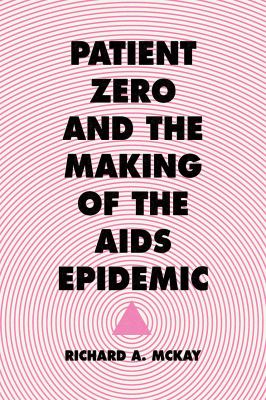
Book
|
Patient zero and the making of the AIDS epidemic
Copies
1 Total copies, 1 Copies are in,
0 Copies are out.
Title
Patient zero and the making of the AIDS epidemic
Call No
RA643.86.N7
Authors
Subjects
Dugas, Gaâétan, 1952-1984.
Dugas, Gaâétan, 1952-1984.
Dugas, Gaëtan, 1952-1984 gnd (DE-588)1156814170
Berner Handelskammer. gnd (DE-588)2097257-X
AIDS (Disease)--North America--History.
Epidemics--North America.
AIDS (Disease)--North America--Historiography.
AIDS (Disease)--Patients.
Acquired Immunodeficiency Syndrome--history.
Acquired Immunodeficiency Syndrome--epidemiology.
Biomedical Research--history.
Health Knowledge, Attitudes, Practice.
44.01 history of medicine.
HEALTH & FITNESS--Diseases--AIDS & HIV.
AIDS (Disease)
AIDS (Disease)--Patients.
Epidemics.
Forschung
44.01 history of medicine.
North America--epidemiology.
North America.
History.
Dugas, Gaâétan, 1952-1984.
Dugas, Gaëtan, 1952-1984 gnd (DE-588)1156814170
Berner Handelskammer. gnd (DE-588)2097257-X
AIDS (Disease)--North America--History.
Epidemics--North America.
AIDS (Disease)--North America--Historiography.
AIDS (Disease)--Patients.
Acquired Immunodeficiency Syndrome--history.
Acquired Immunodeficiency Syndrome--epidemiology.
Biomedical Research--history.
Health Knowledge, Attitudes, Practice.
44.01 history of medicine.
HEALTH & FITNESS--Diseases--AIDS & HIV.
AIDS (Disease)
AIDS (Disease)--Patients.
Epidemics.
Forschung
44.01 history of medicine.
North America--epidemiology.
North America.
History.
Language
English
Published
Chicago, IL : The University of Chicago Press, 2017.
Publication Desc
xiv, 432 pages : illustrations, maps ;
ISBN
9780226063812 alkaline paper)
LCCN
2017018054
Dimensions
24 cm.
MLA
APA
Chicago
0
/
0








